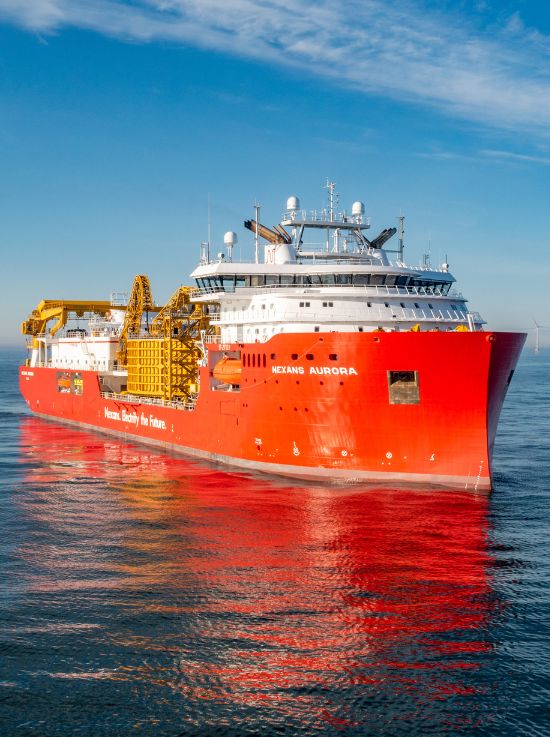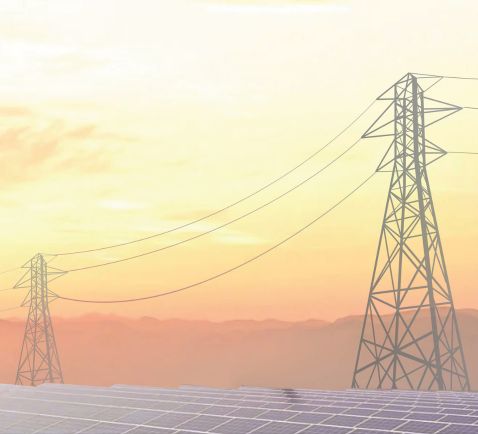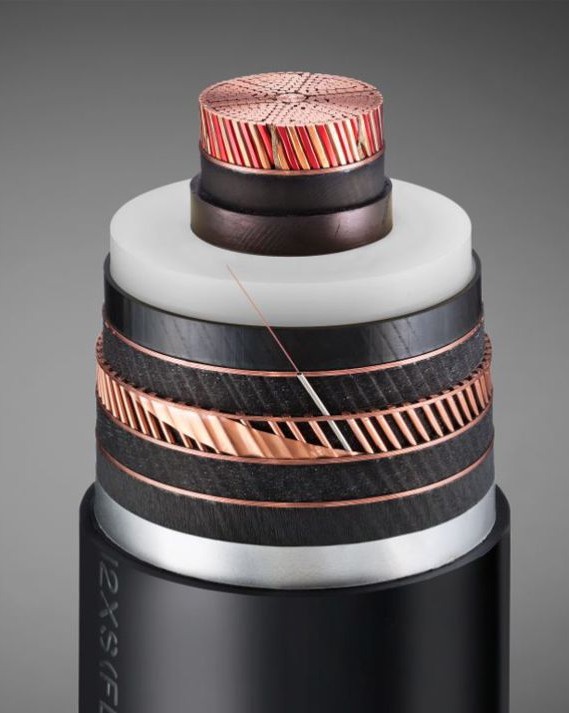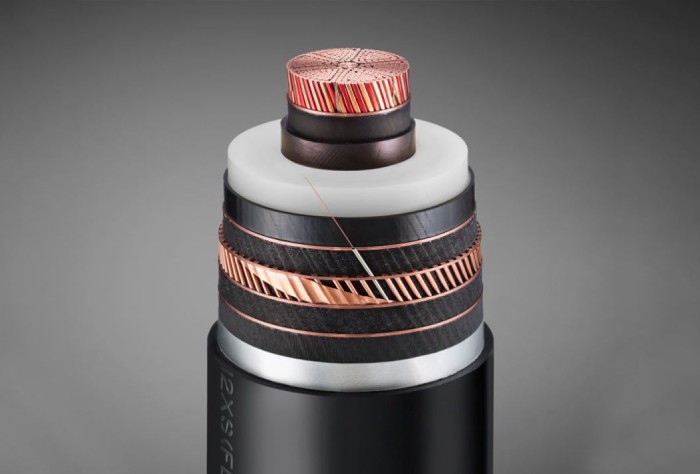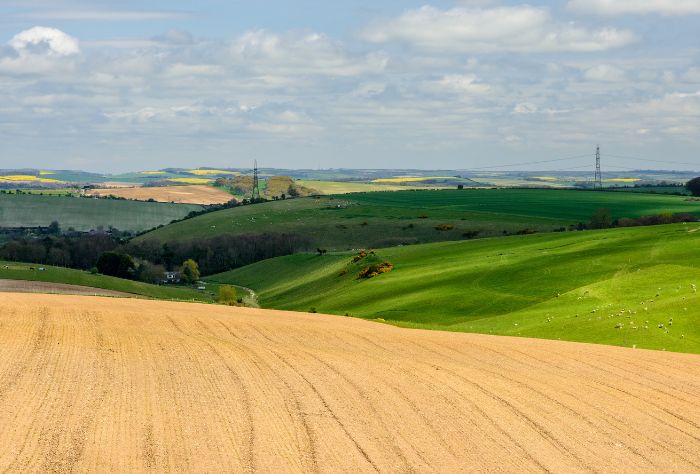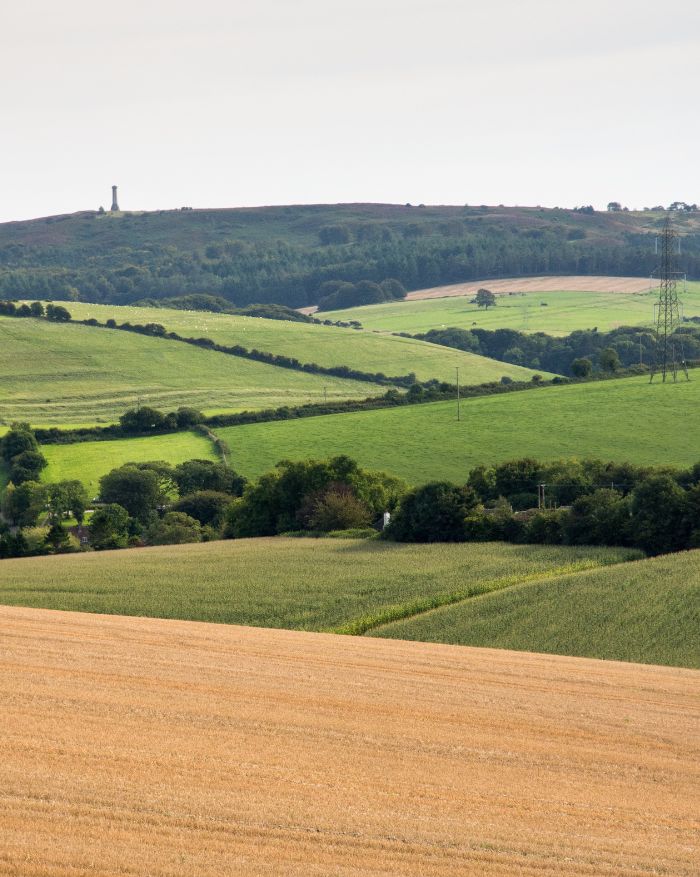By seamlessly integrating advanced underground cabling technology with meticulous planning and execution, Nexans significantly contributed to the preservation and enhancement of the natural landscape in the Dorset AONB, while ensuring reliable power transmission for the region.
Context
The German energy transition plan, known as “Energiewende”, has set a target for 80% of the country’s annual electricity needs to be met by renewable energy by 2050. This necessitated upgrades to the high voltage (HV) power transmission networks, particularly to transport electricity generated by wind farms in the north to consumption hubs in the south. In 2019, Amprion, a key transmission service operator (TSO), undertook the task of upgrading its transmission grid, stretching over 11,000 km, to serve more than 29 million people across a vast region. While most of its transmission lines are overhead, Amprion identified environmentally sensitive sections where undergrounding was essential to minimize impact.
Challenges
The primary challenge for Amprion was to upgrade its 400 kV transmission network to meet the demands of the Energiewende, particularly in environmentally sensitive areas where undergrounding was necessary to mitigate visual and ecological impacts. This required finding suitable technologies and partners capable of facilitating the transition while maintaining reliability and efficiency.
31.8 km
length of 400 kV Nexans cable
11,000 km
length of Amprion’s transmission grid
29 M
of people supplied
Nexans implication
Nexans emerged as a crucial partner for Amprion’s undergrounding efforts, providing innovative cable solutions tailored to the project’s needs. Initially involved in a pilot project at Raesfield, Nexans expanded its involvement by supplying 31.8 km of 400 kV cable for a major project at Legden, along the route between Wesel and Meppen. This Legden project comprised 2.1 km of tunnel and 3.1 km of pipes. Nexans supplied the cable for a double circuit with a 2,500 mm² copper cross-section, featuring halogen-free flame-retardant sheathing for safety. Additionally, Nexans provided steel support structures critical for cable installation.
Delivery of the cables, scheduled for July 2022, marked a significant milestone in the project timeline, with installation completed in 2023. The involvement of Nexans not only ensured the technical feasibility of the undergrounding endeavor but also validated the concept of partial undergrounding, offering TSOs like Amprion a flexible and sustainable approach to network upgrades.
This major contract for Amprion is a very important reference for the partial undergrounding concept that Nexans has pioneered, TSO’s no longer have to make an either-or choice between overhead lines or underground cables. Instead they can specify the most appropriate technology to meet their environmental and financial objectives appropriate for each section of their transmission routes.
Sales Manager Subsea & Land System, Nexans

Context
In April 2019, Nexans was awarded a significant contract worth 35 million euros by Morgan Sindall Infrastructure to supply high voltage underground cables for the Dorset Visual Impact Provision (VIP) project. This project, part of National Grid’s initiative, aimed to reduce the visual impact of an existing 8.8 km section of 400 kilovolt (kV) overhead line in the Dorset Area of Outstanding Natural Beauty (AONB). The primary objective was to replace the overhead lines with Nexans’ underground high voltage cables, thereby enabling the removal of 22 pylons. This transformation aimed to restore the natural beauty of the English countryside, particularly near the villages of Martinstown and Winterbourne Abbas.
Challenges
The project faced several challenges, including the need to preserve the environmental heritage and wildlife of the Dorset landscape while ensuring reliable power transmission. Additionally, the underground cabling required intricate planning and construction to seamlessly integrate with the existing infrastructure and to maintain the efficiency and safety of the power network.
+100 km
of specialized copper-core high voltage XLPE cables supplied by Nexans
22
pylons to be removed
Nexans implication
Nexans played a pivotal role in the Dorset VIP project, supplying 100 km of specialized copper-core HV XLPE cables suitable for burying underground. The cables will be used to create two, three-phase circuits, each with two cables per phase. Additionally, Nexans supplied accessories and jointing services, ensuring a comprehensive solution for the project’s needs. The manufacturing of cables took place at Nexans’ Benelux plant in Charleroi, Belgium, while accessories were delivered from Nexans’ Switzerland plant in Cortaillod. The jointing services were provided by Nexans’ UK installation team, securing the seamless integration of the underground cables.
Construction work on the project started in spring 2019 and took three years to complete, including the removal of the existing line and pylons.
We are delighted to be involved in this key National Grid project to demonstrate the capability of our underground cables to mitigate the visual impact of HV power links. Nexans has been deeply involved with Morgan Sindall Infrastructure from the start of the project design process and we have already reached the stage where the cable system is being further refined and optimized.
Business Development Director UK/Ireland Subsea and Land Systems, Nexans



